

Max Davies
How Audi, BMW, Honda, Mercedes-Benz, and Suzuki started out in Australia, and where they are now
8 Hours Ago
Luxury Car Tax, electric vehicles, and driver training are all in the spotlight coming into the 2020 Federal Budget.

Contributor
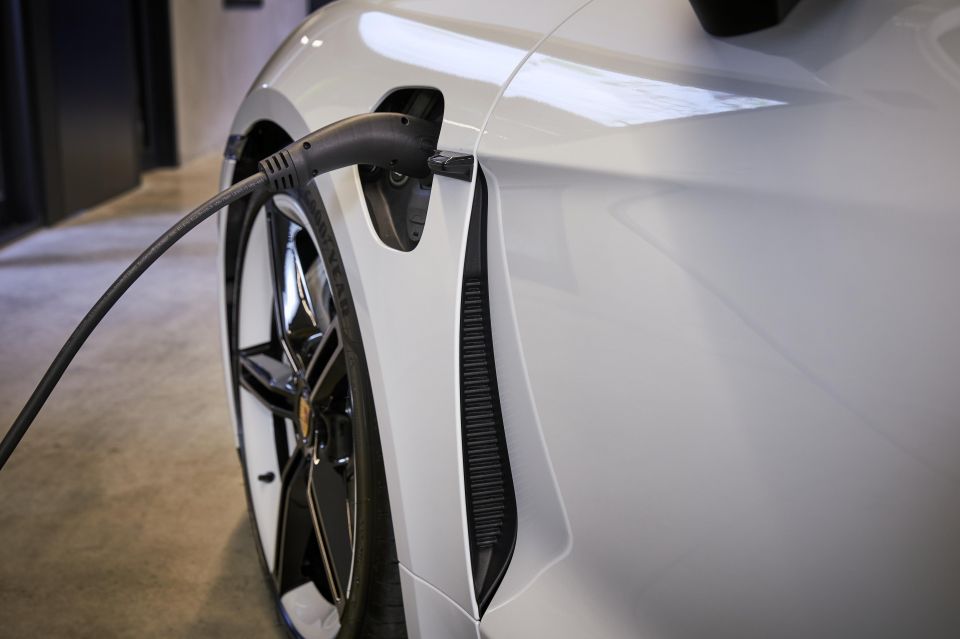

Contributor
It’s almost budget time. There are plenty of big questions to be answered by treasurer Josh Frydenberg on Tuesday night, most of them relating to Australia’s response to the Coronavirus crisis.
Of course, COVID-19 isn’t the only issue that needs addressing – there are plenty of hot-button issues in the motoring world in need of attention as well. Here’s what we’d like to see from the 2020 Federal Budget.
Introduced in 2001 by the Howard Government, the Luxury Car Tax (LCT) applies to cars priced above $68,740 – or $77,565 for vehicles classified as fuel efficient.
It’s a 33 per cent tax on the value of a car above those thresholds, introduced to stimulate the Australian car industry by inflating the price of imported luxury vehicles.
Not only is there no Australian car industry to protect since Holden’s closure in October 2017, the LCT is seen by many as a tax on more advanced, safer vehicles.
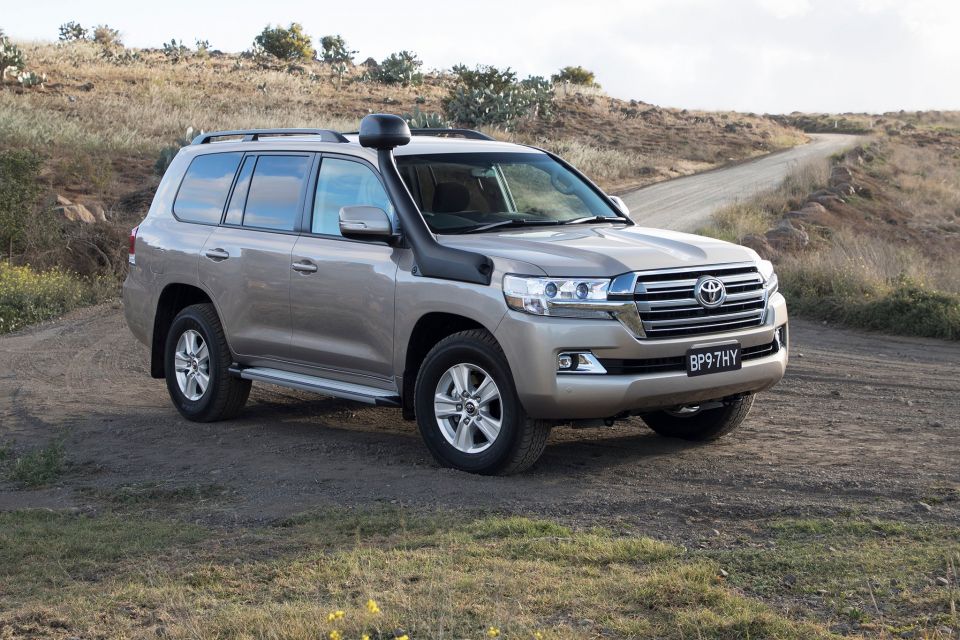
Along with cars from Audi, BMW, Mercedes-Benz and Lexus, it also applies to family vehicles such as the Toyota LandCruiser and Prado, and top-end versions of the Nissan Pathfinder and Mazda CX-9.
Reports have found Toyota buyers pay more Luxury Car Tax than any other brand except for Mercedes-Benz.
“The LCT actually penalises Australian consumers as it imposes unnecessary additional taxes on many vehicles which can in no way be described as luxury,” Tony Weber, chief executive of the Federal Chamber of Automotive Industries (FCAI), has previously said.
“The majority of people who pay the tax are average Australians who buy vehicles well under $100,000 to transport their families.”

Josh Frydenberg has previously told media there are no immediate plans to scrap the tax, however.
“The government has no plans to phase out the luxury car tax,” Mr Frydenberg told The Australian in February.
The Australian automotive industry is divided on what measures should be taken to encourage the rollout of electric vehicles (EVs).
However, markets such as Norway and California have shown what happens when aggressive subsidies are used to encourage people to buy EVs.
In Norway, electric car owners pay no annual road tax, get half-price ferry fares and parking, access to bus lanes, a lower company car tax, no purchase or import taxes, and exemption from 25 per cent VAT at purchase.
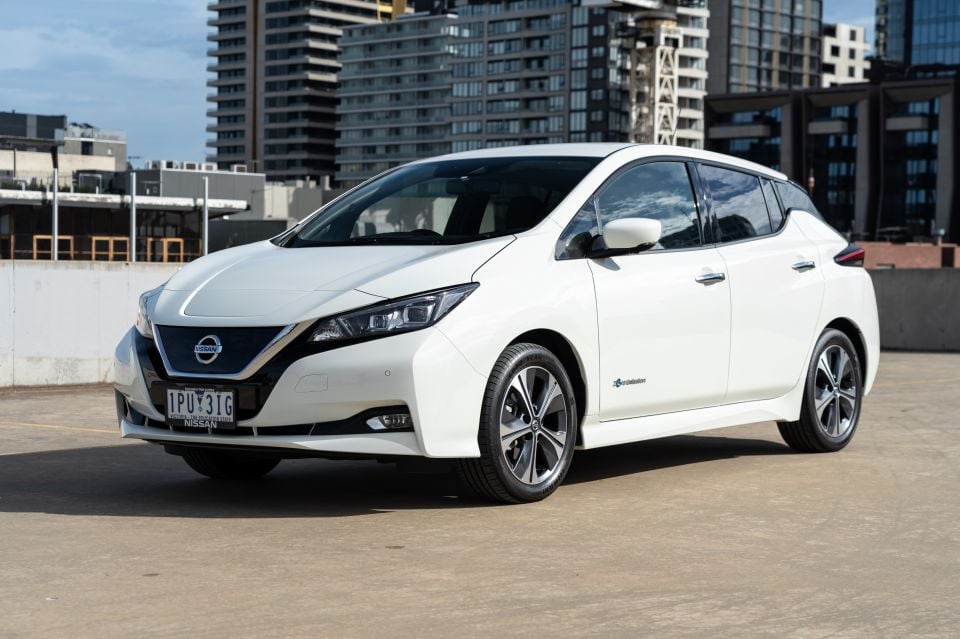
They’re actually less generous in 2020 than they were at their introduction in 1999.
The result? More than 75 per cent of the cars sold there in March 2020 were either electric or plug-in hybrids, and a further 7.1 per cent were series hybrids.
In the first half of 2020, battery-electric vehicles accounted for 5.8 per cent of the Californian new car market, and electric vehicles were a further 2.0 per cent.
Incentives in California aren’t as generous as Norway, but EV buyers are still offered rebates up to US$4500 ($6300) depending on household income.
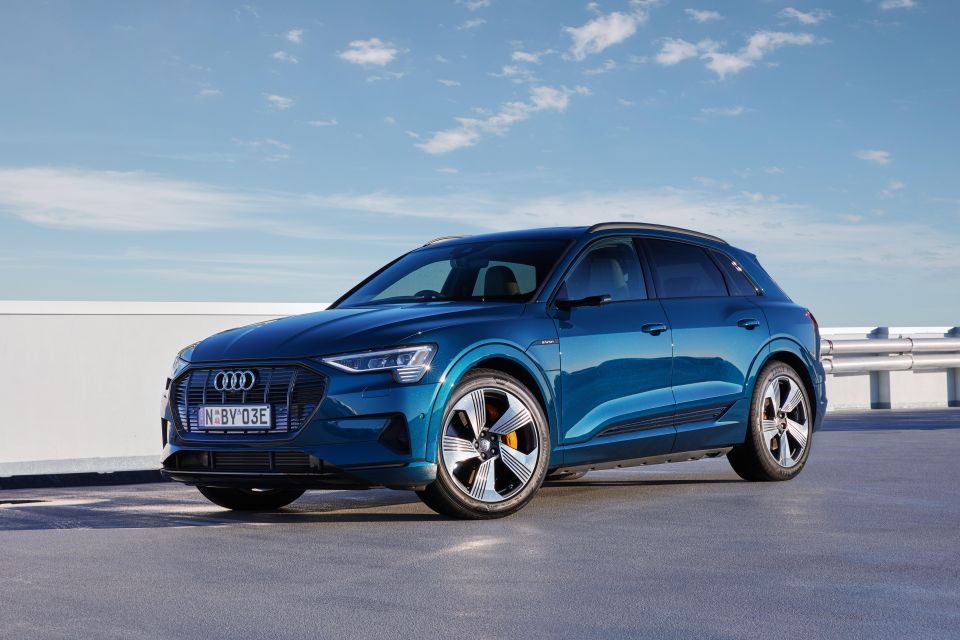
We don’t have anything even close to that in Australia, on a federal or state level. Just 161 of the cars sold in Australia last month were electric, representing just 0.2 per cent of the market – although Tesla, which doesn’t disclose sales figures, isn’t included.
The list of choices for electric vehicle buyers in Australia is growing, and ranges from the Hyundai Ioniq Electric and Nissan Leaf to luxury options from Mercedes-Benz, Audi, Tesla, and Porsche.
A raft of suggestions or incentives have been suggested for Australia, from small measures such as cheaper parking and tolls for EV owners to California-style rebates.
If it’s not going to be killed altogether, removing luxury car tax on electric and plug-in hybrid vehicles is one idea that’s been floated. It would be an easy way for the Government to more closely align the price of electric vehicles with petrol-powered counterparts, and hopefully drive adoption.
Currently, the fuel excise accounts for 42.3 cents in the price of every litre of petrol sold in Australia.
In 2018-19, it raised $19.786 billion for the Federal Government. Some of it is fed back into the road network, but it can be spent as the Government sees fit.
Previous budget projections had the percentage of takings from the fuel excise being funnelled back into land infrastructure projects – which encompasses road and rail – shrinking from 61 per cent in the 2017-18 financial year to just 32 per cent in 2021-22.
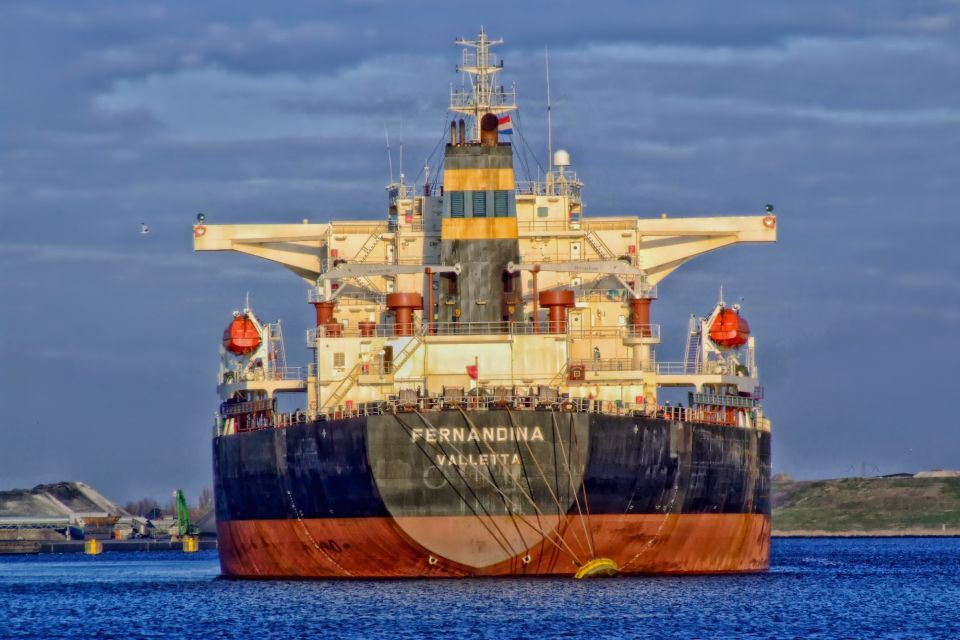
We’d like to see that proportion rethought, with more money put back into improving Australian roads and road safety. The Australian Automobile Association (AAA) has also called for a more serious commitment to reducing road trauma.
The organisation’s calls to reopen the National Office of Road Safety were heard in June 2019, but the AAA points to the failure of Australia’s National Road Safety Strategy as evidence more needs to be done.
Brought to life in 2011, the NRSS was designed to drive a 30 per cent drop in fatalities on Australian roads by the end of 2020.
But “horrific” spikes in Victoria and South Australia’s road toll meant at the end of 2019 meant deaths had only dropped 16.7 per cent compared to 2011 levels. Only the ACT was on track to meet its target under the NRSS.
“The Government has the opportunity to start attaching strings to funding provided to state and territory governments, which can start to ensure their respective safety commitments are met,” said AAA managing director, Michael Bradley.
“In addition to the tragic and unnecessary loss of life, our failure to reduce road trauma continues to cost the Australian economy nearly $30 billion every year and represents a $4 billion annual drag on government budgets.”
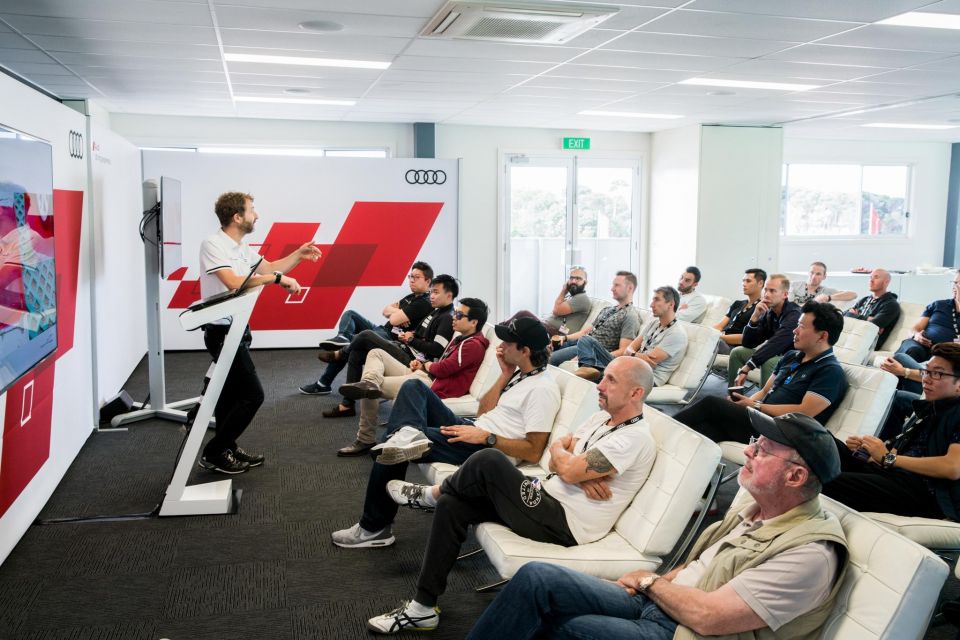
Beyond the AAA’s, we’d like to see funding for a cohesive national driver training program for the youngest, most vulnerable drivers.
“I’m yet to meet an Australian who thinks the driver training system in Australia is adequate,” Steve Pizzati, driver coach and ex-Top Gear Australia presenter, earlier this year told CarExpert.
Around the country, young drivers are currently taught to drive by their parents. Funding for mandatory driving lessons, or even a mandatory defensive driving course before you get your licence, would be one step.
“Parents should not teach kids, it’s as simple as that. It’s just a moronic thing, a statistically dangerous thing we do. We’re allowing dangerously under-qualified people to do it, when it should be just in the hands of professionals,” Mr Pizzati said.
“A lot of countries do that, like your Scandinavian countries. It’s not even a question. There’s not even a cost issue. For 120 [logbook] hours, what’s the fuel cost for that? You could spend that on driver training, our driver training days are a couple hundred bucks.”
Scott Collie is an automotive journalist based in Melbourne, Australia. Scott studied journalism at RMIT University and, after a lifelong obsession with everything automotive, started covering the car industry shortly afterwards. He has a passion for travel, and is an avid Melbourne Demons supporter.


Max Davies
8 Hours Ago


William Stopford
8 Hours Ago


Derek Fung
9 Hours Ago


Max Davies
16 Hours Ago


William Stopford
1 Day Ago


Ben Zachariah
1 Day Ago